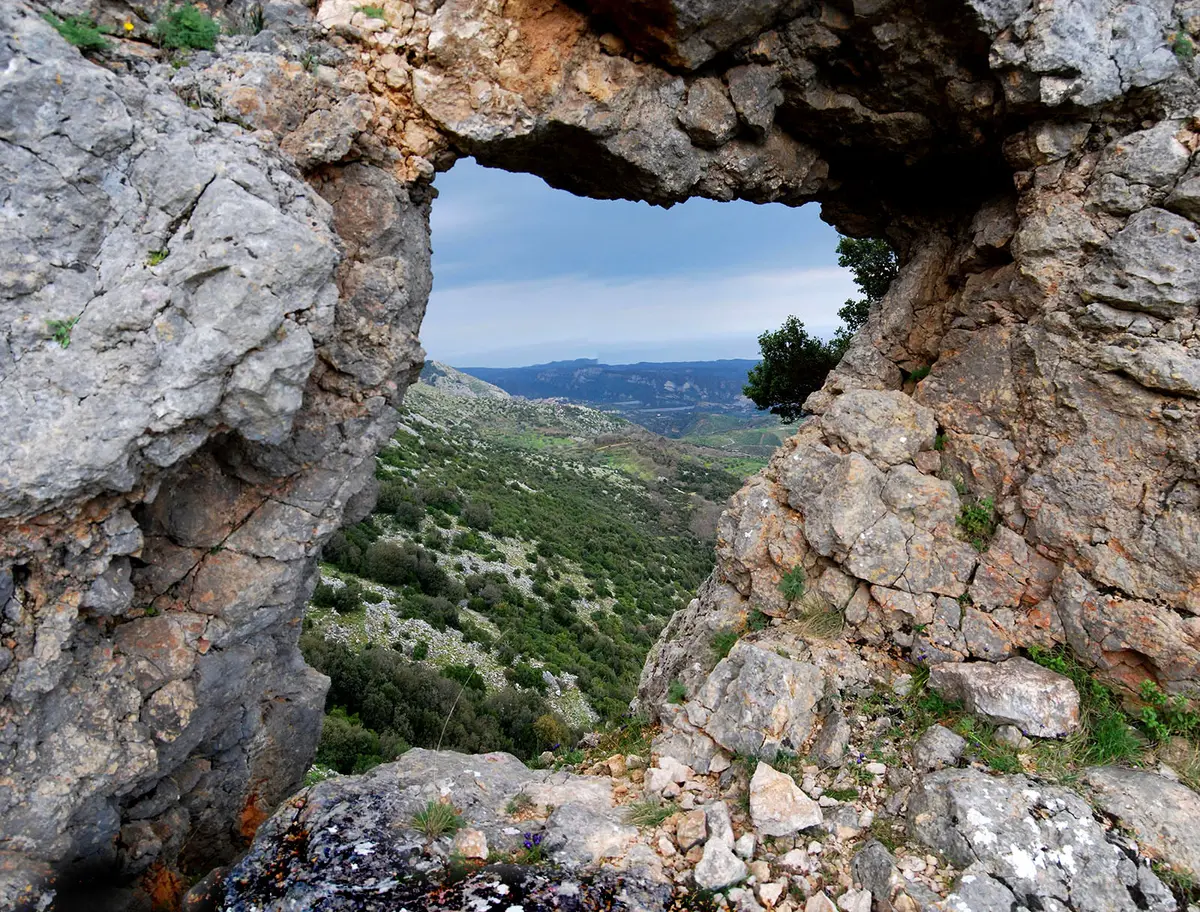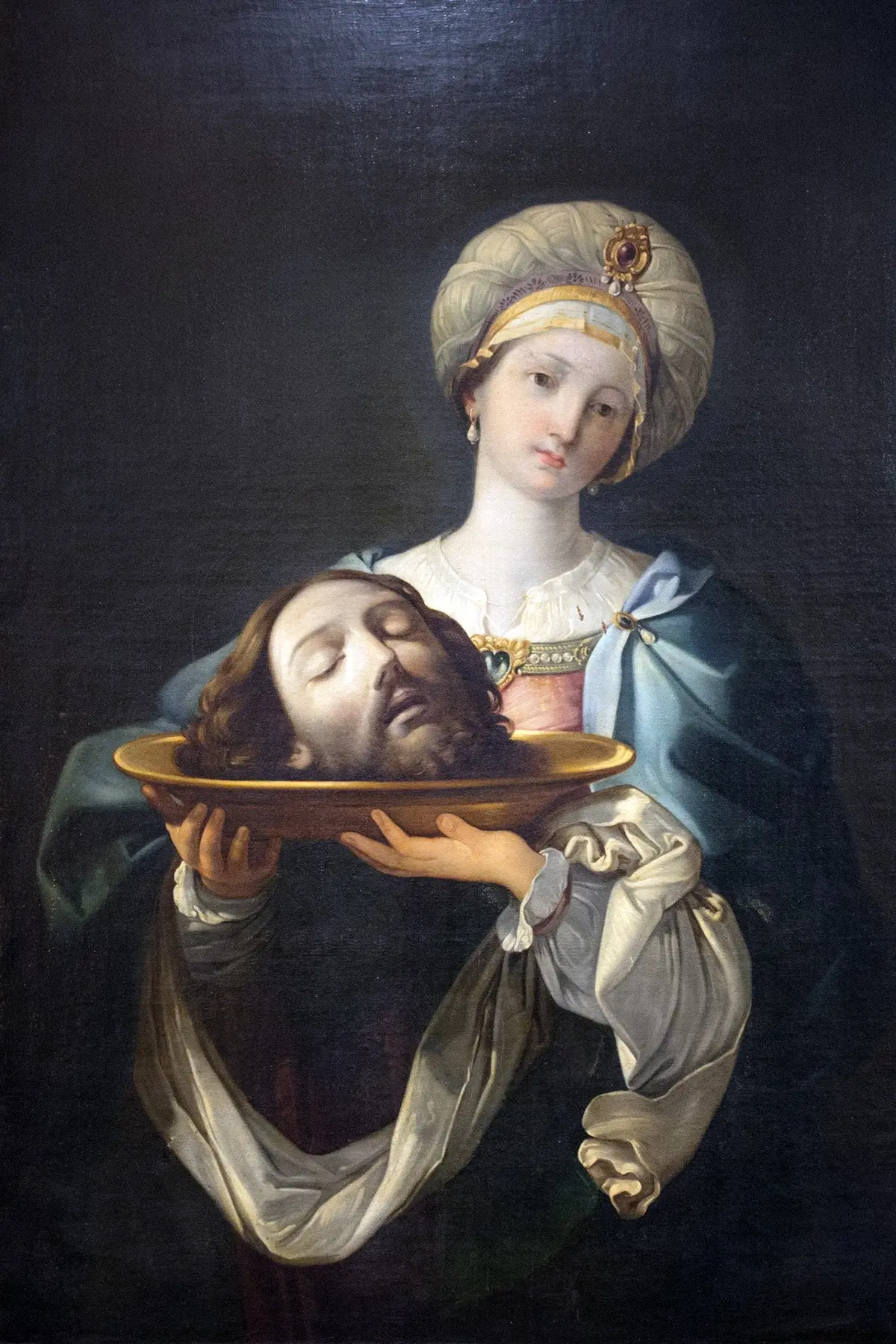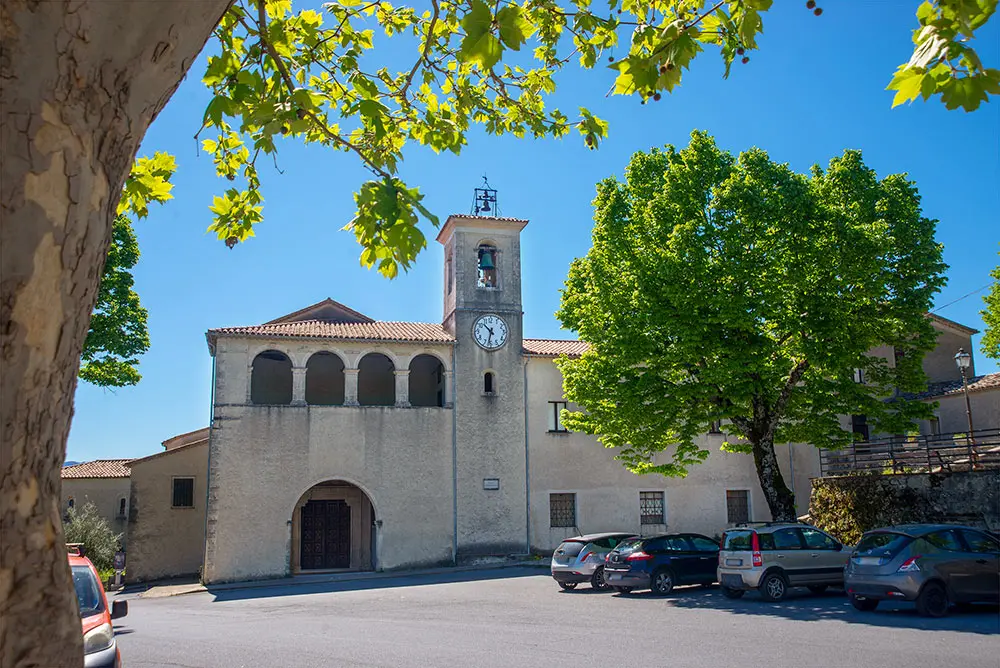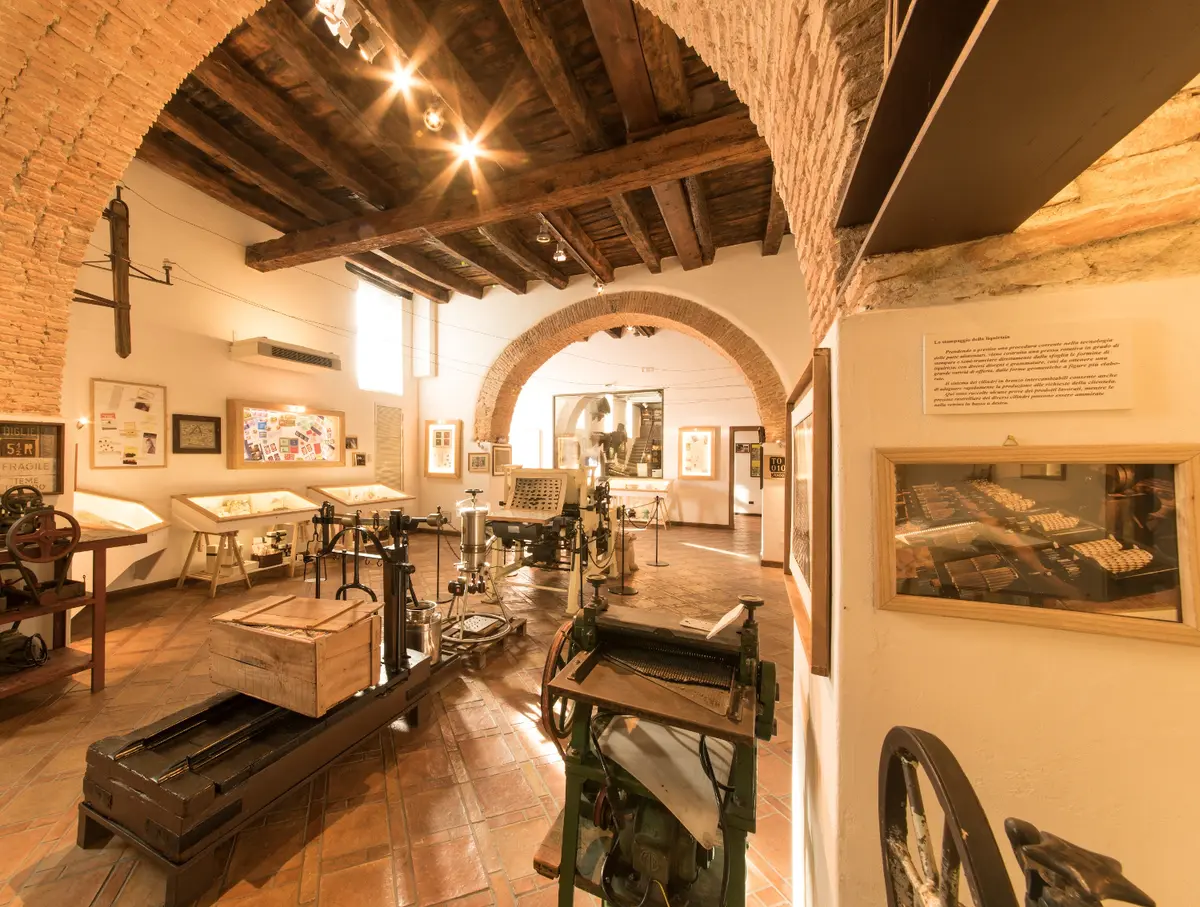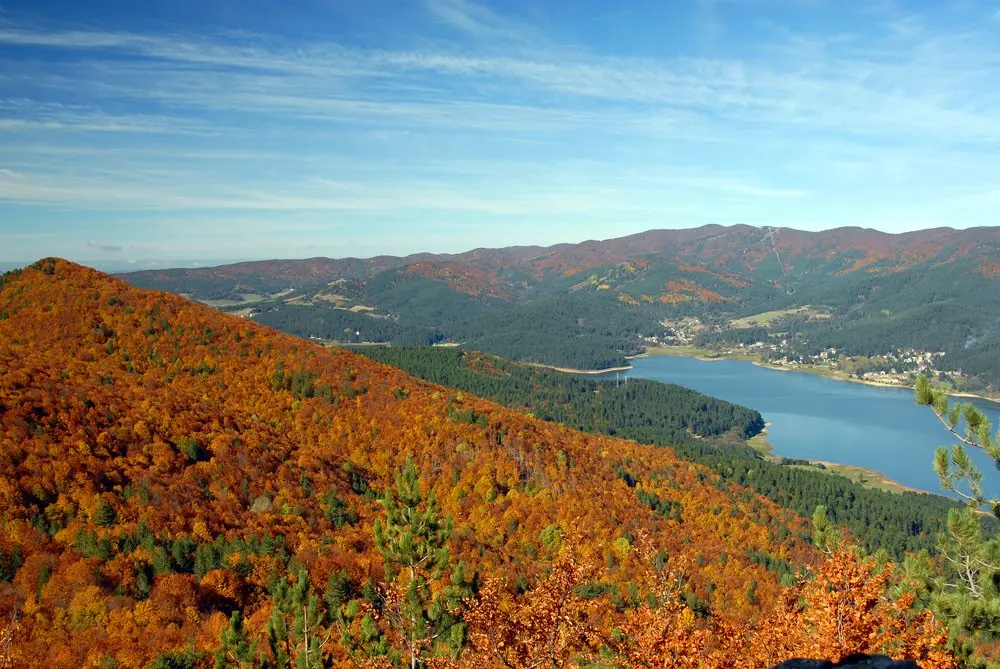On the trail of St Francis of Paola
The Way of St Francis in Calabria

Sites of faith
Santuario di San Francesco di Paola, Paola - Regione Calabria
Among the weekends in Calabria that pleasantly combine nature and spirituality, the itinerary on the trail of St Francis of Paola, the region's patron saint, is one of the most fascinating.
The birthplace of the saint, Paola, in the province of Cosenza, is one of the most important destinations for religious tourism in Calabria, which finds in the Shrine of Saint Francis the final destination of a religious pilgrimage, but also of a nature trek that passes through splendid locations, among woods and small villages immersed in tranquillity.
The Way of St Francis in Calabria
The Way of St Francis of Paola is a nature-religious route, in the province of Cosenza, dedicated to the figure of the Calabrian saint.
Exactly like the famous Camino de Santiago, the "Calabrian Santiago" is organised in stages and issues participants with credentials and testimonials at the end of the route.
There are three possible variants: the Via del Giovane (49 km in 3 stages); the Via dell'Eremita (62.7 km in 3 stages) and the Via dei Monasteri (135 km in 6 stages).
1. The Way of the Young
The first route links two important localities related to the history of St Francis: San Marco Argentano and Paola.
The first locality is linked to the childhood of Francis, who was born with a serious eye deformity and by his parents' vow wore the Franciscan habit for a year, until he was disbanded in San Marco Argentano, at the Franciscan Convent of the Reform.
San Marco Argentano is located along the Valle del Crati, in a hilly area. Places to see along the way include the Norman Tower, the Cathedral of San Nicola with its crypt and the Matina Abbey, with its chapter house dating from between the 11th and 13th centuries. Also of interest are the Diocesan Museum and the Clarisse Monastery.
2. The Hermit's Way
Among the practicable itineraries in the footsteps of St Francis of Paola, the Via dell'Eremita (Hermit's Way), as its name suggests, retraces the stages of Francis' hermit vocation.
The itinerary evokes a fundamental stage of the Franciscan Way in Calabria, when the saint travelled from Paola to Paterno Calabro as the founder of the Order in the region.
Having arrived in this small community in the Serre Cosentine in 1444, St Francis personally dedicated himself to building the church, today the Shrine of St Francis of Paola. Here the saint stayed for a long time and from here he left on 2 February 1483 for France, at the request of Pope Sixtus IV, to heal King Louis XI. The church, convent, oratory, cloister and the Grotto of Penance are part of the entire complex.
3. The Way of the Monasteries
The third option of the Saint Francis Walk in Calabria is the Via dei Monasteri, the most complete and articulated route, which unites in a single itinerary the towns of Paterno Calabro, Spezzano della Sila, Corigliano-Rossano and Paola.
The foundation of the monasteries of Spezzano and Corigliano takes us to the height of Brother Francis' spiritual maturity, when his concern for his homeland drove him to create solid communities of brothers, united by the same sobriety as the founder.
Passing through the hills and valleys of the Serre Cosentine, with a stop in the city of Cosenza, the itinerary enters the forests of the Sila National Park and it descends gently to the expanses of olive groves, vineyards and citrus trees of the Gulf of Corigliano, reaching the Ionian Sea.
In Corigliano, visits to the Castle and the Franciscan Sanctuary, rich in precious works of art and frescoes from the end of the 15th century, cannot be missed. In Rossano, at the Diocesan Museum of the Codex, you can admire the precious Codex Purpureus Rossanensis, the ancient gospel UNESCO heritage.
The Shrine of St Francis in Paola
In Calabria, all the roads of the Saint Francis Walk lead to Paola.
Here stands the birthplace of the saint and the majestic Shrine of San Francesco di Paola, nestled in the mountain, on the bank of the Isca stream, in a panoramic position.
The large square houses the façade of the modern basilica and the original church, which contains a number of relics and the striking first chapel. The cloister of the convent is decorated with a cycle of frescoes narrating the life of the saint.
Outside, in the woods surrounding the monastery, a pleasant path through the greenery leads to the tiny refuge of the saint in his younger years, to the Devil's Bridge and, finally, to the so-called "Miracle Zone", referring to the miracles of the Fornace and the Fonte della Cucchiarella, whose waters are attributed the same healing properties as those of Lourdes.
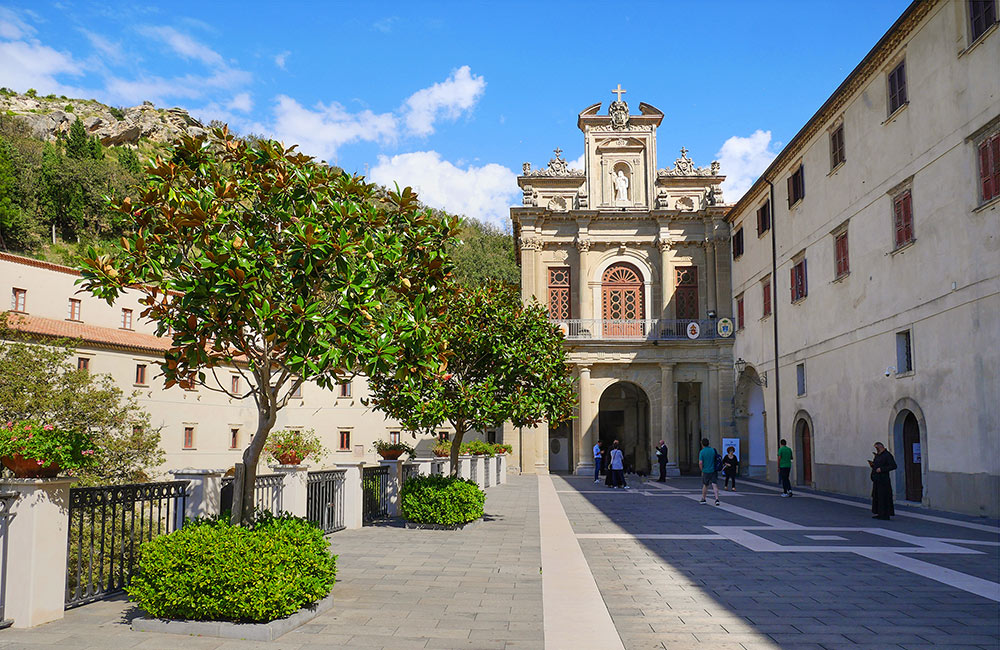
https://calabriastraordinaria.it/en/news/on-the-trail-of-st-francis-of-paola


